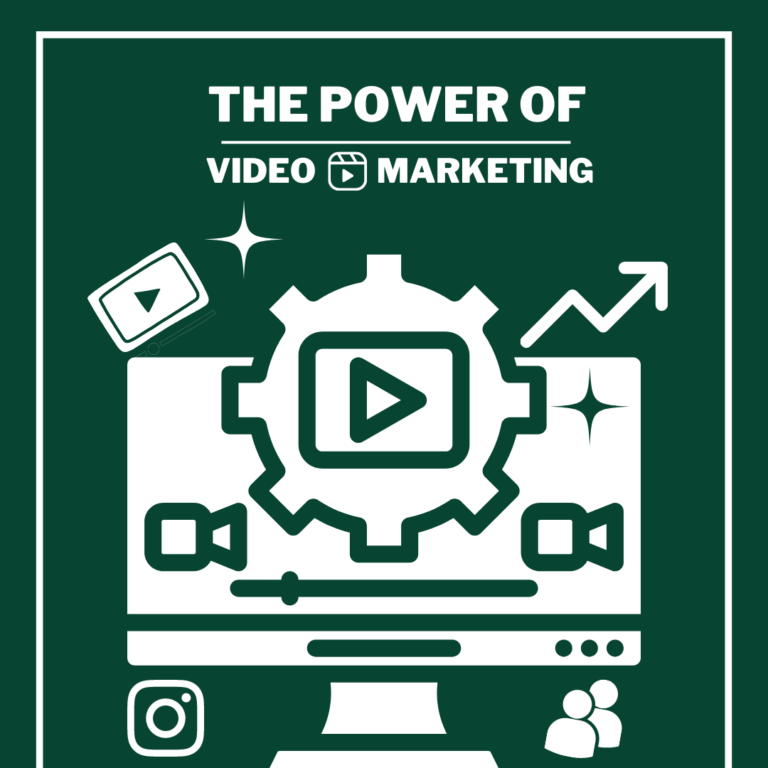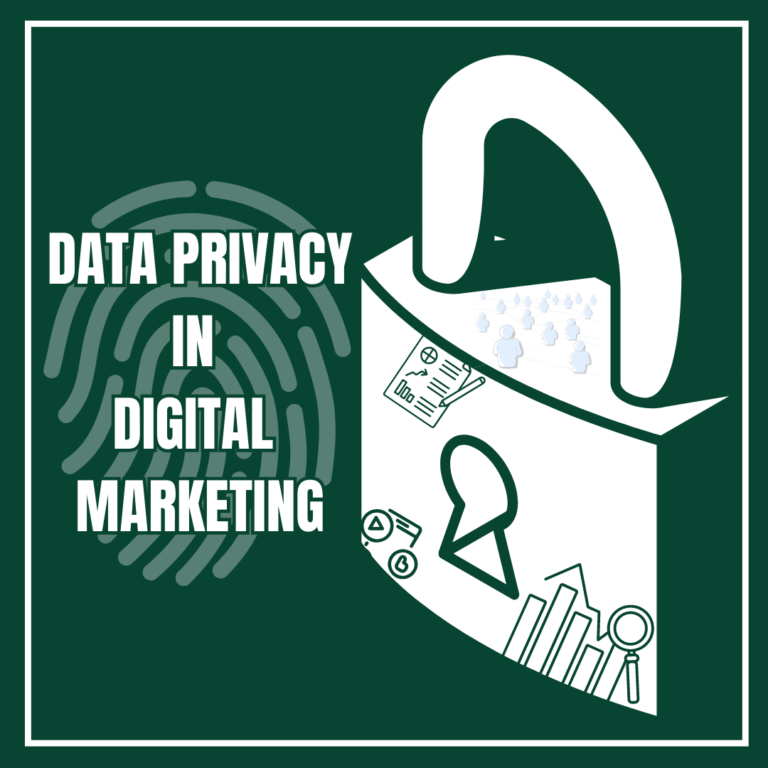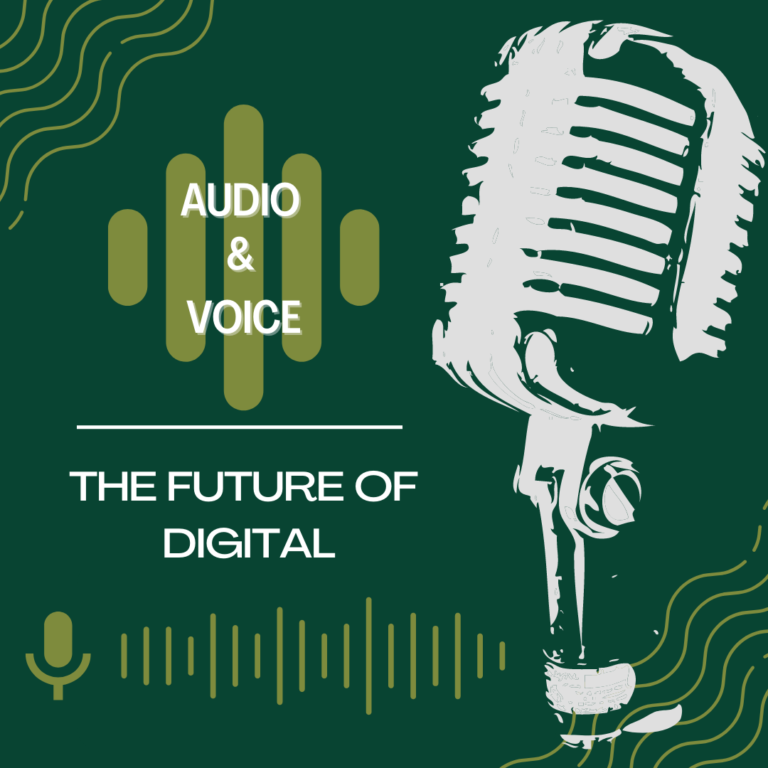Customer Relationship Management (CRM) is a term all sales and marketing professionals now associate with the salesforce software. However, at its core the scope of CRM goes above and beyond computer software. The term or rather the concept is as old as business itself.
Trade is reliant on traders’ relationship with their customers. Growing and maintaining relationships with customers is the foundation of any business strategy. Now that we have moved from individual traders to sophisticated multinational companies, we need to take extra efforts to build personal relationships with customers.
According to Kotler, Customer Relationship Management (CRM) is the process of carefully managing detailed information about individual customers and all customer “touch points” to maximise customer loyalty. In this definition we should focus on 3 things primarily – Detailed customer information, various touch points and maximising customer loyalty. The more information and greater details we have on our customers the better we can analyse their needs. Touch points are the points of interaction of customers with businesses. A good CRM practice involves ensuring all customer communication and interactions are seamless, positive and provide value to the client. The third and most important aspect is maximising customer loyalty. It is always easier to sell more to existing customers, which is also why relationships with customers are important. Loyal customers attract new customers through referrals and word of mouth publicity. This is why managing client relationships is a vital management practice.

The evolution of CRMs began with Zephyr American, the first company to come out with a Rolodex. The rolodex was the first ever tool used to store a consolidated customer database offline. The system became very popular among salespeople and proved to be very effective to keep track of clients.

With the rise of computers, database management softwares were introduced in the market. These were simpler versions of CRM and did basic tasks of storing and searching through customer data. Tom Siebel, founded Siebel and became the first to offer Sales Force Automation (SFA)- which was a combination of advanced contact management and database marketing. This attracted a lot of ERP (Enterprise Resource Planning) software companies into the market. In 1995 the term
CRM – Customer Relationship Management was coined, and began to be widely used for such softwares.

Siebel systems then disrupted the market again with a mobile CRM software which now allowed access on the go. The 2000s saw a rise in internet and cloud services and this is when Salesforce came into the game with an online cloud based software (SAAS) and dominated the market. They started a growth trajectory that would make them an industry leader in CRM.

By 2004 SugarCRM came up with a free and open-source software. Many companies followed in the footsteps of SugarCRM and released freemium CRMs that allowed basic free utility and subscription based premium services.
The next disruption in the CRM world was social media integration. As social media gained popularity, integrated marketing and cross platform marketing also gained popularity. Salesforce caught on to the trend and integrated social media into the software. With the development in technology, softwares now have integrated AI for better performance.
Today these softwares have simplified customer engagement by automating most of the tasks including regular communication. With CRM softwares, customers get higher visibility, access and transparency. For the companies the incentive is customer data and behavioural analytics. At present CRMs improve customer experience while providing insights into buying trends, behavioural patterns and customer profiles. These softwares have automated lead generation, reporting, engagement tracking and much more, which were manual tasks for sales personnel. CRMs provide in-depth insights that help in designing better sales and marketing strategies for the future.
While CRM softwares may be integrated extensively, they do not replace the connections built by sales representatives, customer relation executives or client servicing personnel. Especially in a B2B setting, you cannot rely on software to convince clients and build long lasting relationships. They improve the online/ digital Customer Experience (CX) and make them less reliant on company personnel for data. What CRMs lack is an EQ for understanding the nature of customer problems, building personal relationships based on trust and customising deliverables as per client preference.
There will be many more improvements in CRMs going forward because customer relationships are still the lifeblood of business. This market keeps growing with newer players coming in with increased automation and features. With multi-platform interactions increasing, CRM softwares still need to catch-up for better reach. AI will soon take over a lot of activities and automation will be the new norm. Salesforce Einstein and IBM Watson are 2 popular softwares with great AI integration providing big data analysis, natural language processing, behavioural analysis and chatbots. SugarCRM has an AI called Hint for actionable sales intelligence in the selling process. Zoho has a conversational AI assistant called Zia to help with any analytics.

Alignment refers to formatting of text into an equal size, space, and distance between the elements. The term “alignment” refers to the “line” that the text is oriented towards. The default for long text is usually left alignment, while centre alignment is extensively used for headings and titles. These alignments should be graciously used to draw attention to important points.




